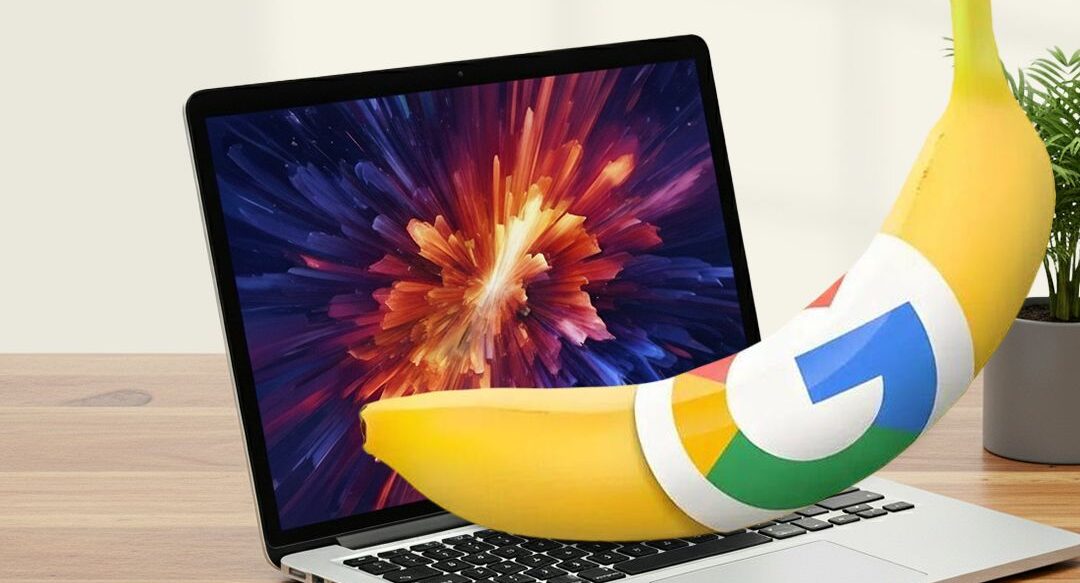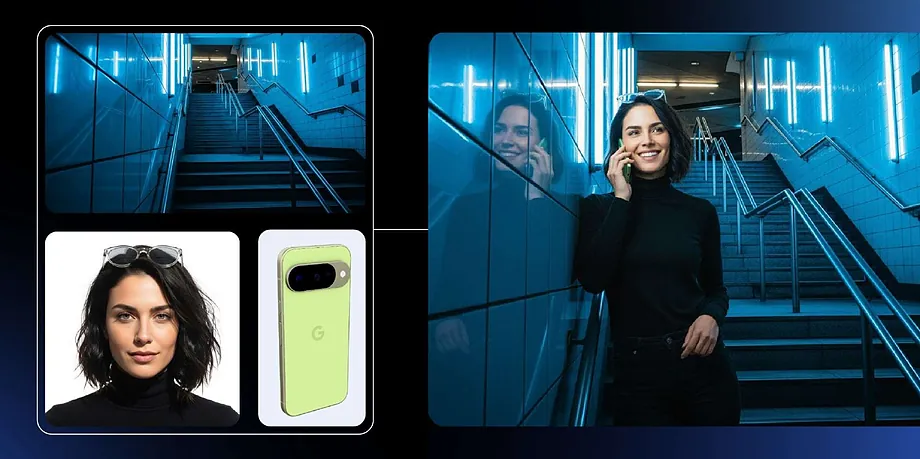Nano Banana: Google’s New Era of AI-Powered Image Editing

In recent years, AI has completely reshaped the way we create and edit images. Now, Google is pushing things even further with Nano Banana: The informal codename for its new feature integrated into Gemini 2.5 Flash Image.
Since August 2025, it’s been available in the Gemini app (web and mobile, free and paid), and it promises something that has always been tricky: fast, consistent, and accessible image editing for everyone.
What makes Nano Banana different?

1. Multi-step editing with visual consistency
Earlier AI editors had a big problem; After several edits, images lost coherence. Facial features shifted, characters looked distorted.
Nano Banana solves this by letting you apply multiple edits to the same image while preserving identity and visual consistency.
2. Combining images and building narratives
The tool allows you to merge multiple photos into a single realistic scene. It can also keep the same character or object consistent across different contexts, making it perfect for creating visual storytelling.
3. Natural language transformations
Forget about mastering Photoshop or Illustrator. With simple text prompts, you can:
- Change backgrounds.
- Remove people or objects.
- Adjust poses or details.
- Colorize black-and-white photos.
- No technical editing skills required.
4. Speed and natural results
Nano Banana is praised for how quickly it delivers coherent results. In many cases, the first edit is already accurate, reducing the need for refinements.
Democratizes image editing, removing the need for pro software. Solves technical challenges like identity preservation and visual consistency. Ideal for marketing, social content, creatives, and designers who need speed and efficiency.

Nano Banana (Gemini 2.5 Flash Image) is a major step forward in AI-powered image editing. Its greatest achievement lies in combining three key factors: visual consistency, natural language accessibility, and speed.
But with great power comes responsibility. The big question is no longer about the technology itself, it’s about how responsibly we choose to use it. The tools are here. The ethics are up to us.
